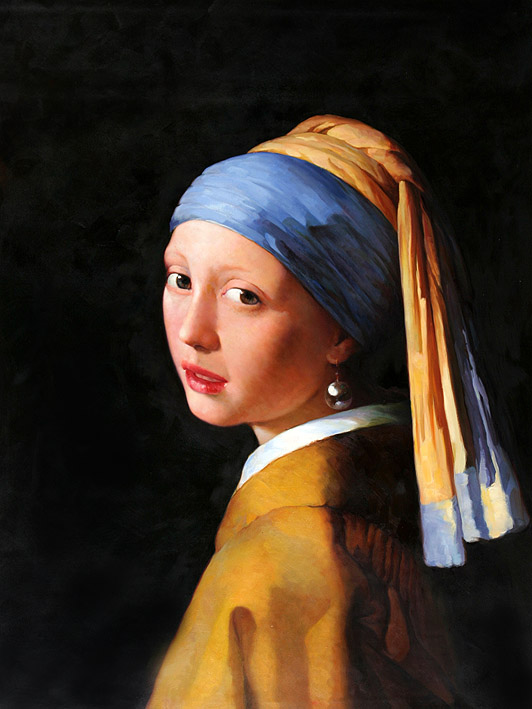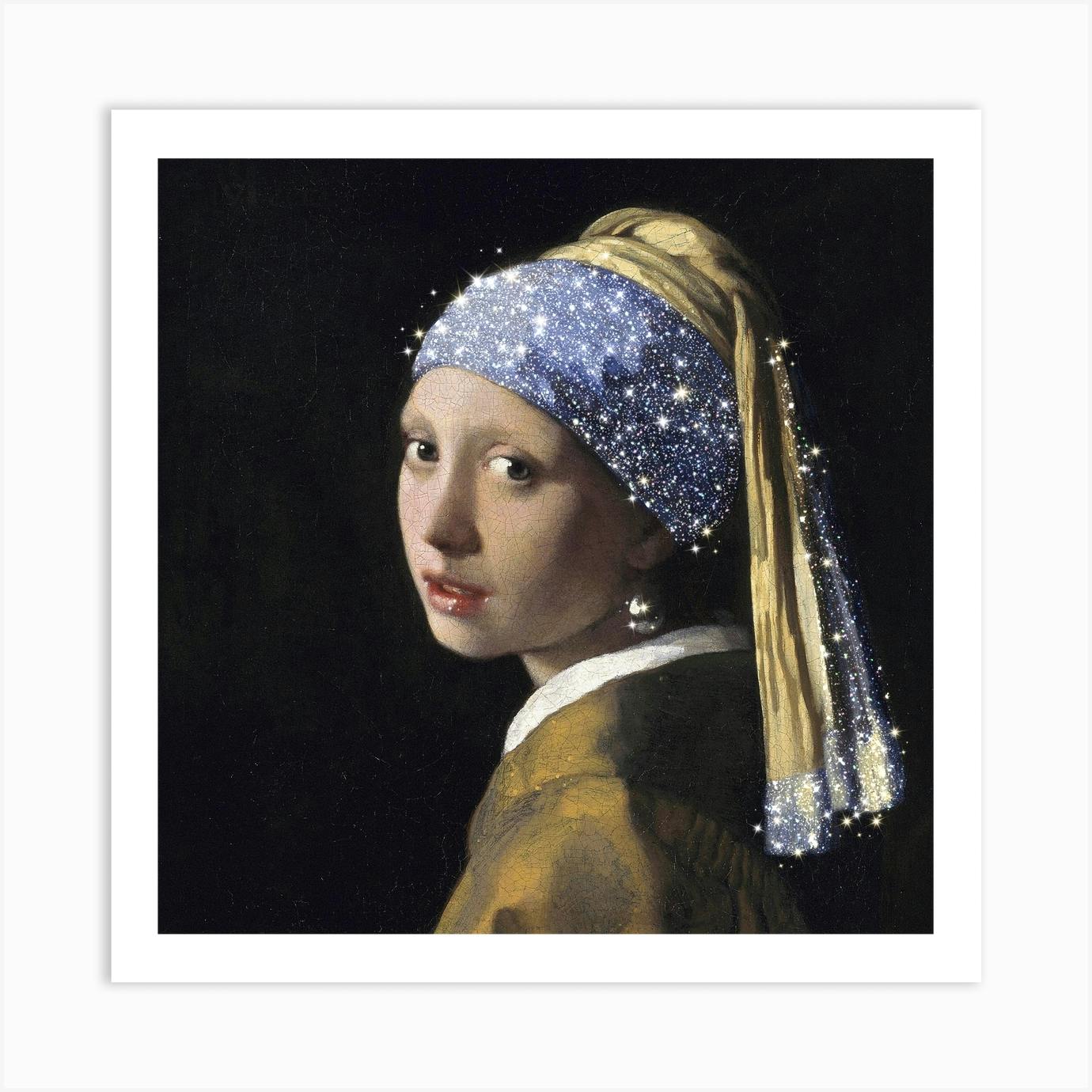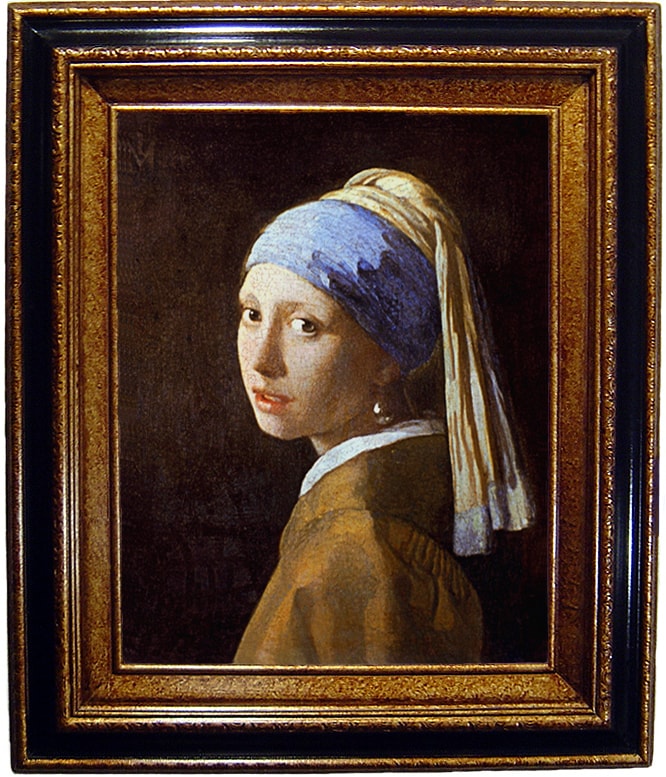

It is usually signaled by an abundance of fading flowers, rotting fruit, and infestations of insects and reptiles. If true, what are the implications for how we should understand this painting? The vanitas, or momento mori, is a common trope in paintings of the Dutch Golden Age, a moralizing reminder of the debt owed to pleasure and the enjoyment of life.

Strictly speaking, chancres and alopecia are usually seen at different stages of infection with syphilis, but this painting is considered to be a tronie, that is, a constructed character rather than a portrait, so the overlay of different stages of the disease would not be an objection to this reading. Perhaps her turban, like bonnets and wigs in the eighteenth century, was also being worn to cover hair loss. Does she display any other symptoms? The sparsity of eyelashes and eyebrows has been noted in the past, and alopecia is a well-recognized symptom of secondary syphilis. One clear possibility is that she is being depicted as having syphilis, and that this is a first-stage chancre. If this is the case, and Vermeer is depicting pathology, what might be the cause and is there any supporting evidence? 1 On magnification I believe it is possible to discern the rim of a lesion in the artist’s handling of the paint. In particular, UV imaging indicates that this area of the image is not damaged and is as the artist created it. In the absence of any scholarly discussion of this anomaly then or since, I presumed that this was the result of subsequent damage, overpainting, restoration, or my own imagination however, the recent ultra-high definition images of this painting’s surface (accessible here) now enable a closer look. I remember her hanging in a landing in the Mauritshuis, quite famous but also quite approachable and not at all crowded, and my initial response was: she is lovely, but what is the matter with her lower lip? On that first look, I clearly saw a red area to the left side that stood out from the subtle modeling of the painted image, that to this clinician looked rather like an ulcer. It was forty years ago, when as a young doctor I spent time in the Netherlands acquainting myself with its art and culture. All of which is by way of introduction to my first encounter with the Girl, and my later thoughts about her meaning. Her northern sister, Jan Vermeer’s Girl with a Pearl Earring, is fast approaching this celebrity, with the result that we are also losing the ability to see her plainly. It is no longer possible for the general public to see paintings such as the Mona Lisa. However, in our image-saturated age, by the time you get to see a famous painting in the flesh (so to speak) you will have been so primed with reproductions, commentaries, and received opinions that these will overwhelm any direct response you might have in your few seconds of viewing the image behind its bullet-proof glass.

It is a truism that you only have one opportunity to see a picture for the first time. The Girl with a Pearl Earring-A vanitas? January 29, 2021


 0 kommentar(er)
0 kommentar(er)
